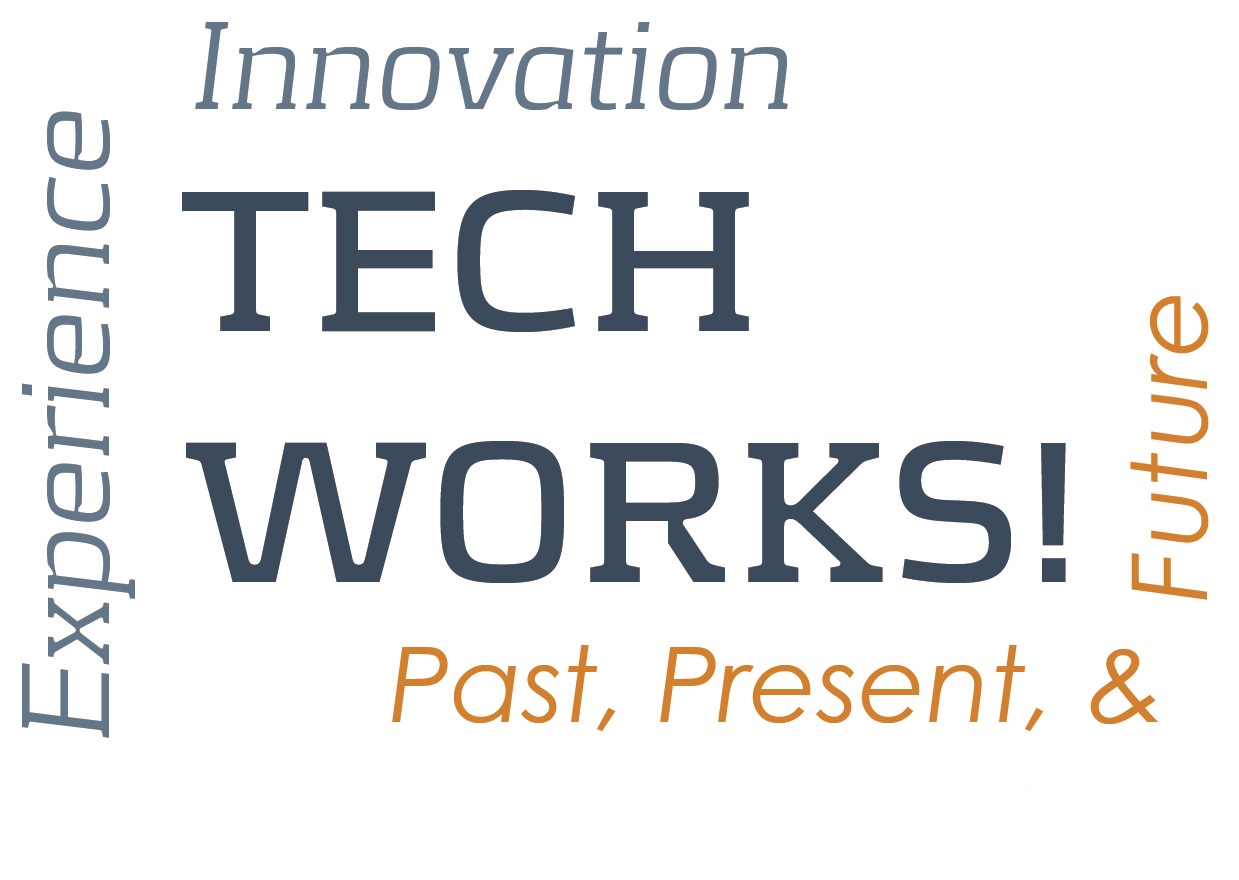by Jaimie Girnis, Alyssa Leibowitz, Sam Titus, and Mackenzie Young, Binghamton University
The timeclock has been an integral part of the factory environment, allowing supervisors to track the hours of their employees and increasing efficiency in the work place. Originating in Binghamton, New York, the Bundy Manufacturing Company developed the first incarnations of the time-clock paved the way for a whole new era of the working world.
Willard Bundy, a jeweler and inventor, began tinkering with clocks and developing the beginning of what would later become the Bundy time-clock. His business-minded brother, Harlow, helped Willard market the product as an investment companies could make to better manage an influx of workers as local industry grew.
After 4 years on Commercial Ave., Willard and Harlow Bundy decided to move their young company to 183-185 Water Street in 1893 where they could manufacture not only the innerworkings of the clock, but also the wooden casings and clock faces they used to outsource.
Due to the commercial location of the factory, the sounds of production intermingled with the sounds of the street outside, especially on hot days when the windows would beleft open for the comfort of the workers (Janna Rudler).
The main proprietary aspect of the Bundy’s early clocks was the usage of a key to clock in. Each employee would have their own key to turn the mechanism and stamp a time sheet.
Before the invention of the time-clock, a full-time salaried employee would record the comings and goings of workers, notating their names and physically recording in and out times. These first time-clock models are among the earliest examples of new technology replacing manual labor in the factory setting, making time keeping a more efficient and cheaper process.
The Bundy brothers originally had a hard time convincing businesses to make the investment in their product, but eventually experienced worldwide popularity as the Bundy Manufacturing Company took off. The clock became so popular, in fact, that according to The Bundy Museum, “in some countries such as the Philippines and Australia, the phrases 'to Bundy in' and 'Bundy out" became synonymous with clocking in or punching out on the job,and are still used today."
As the ITR clocks continued to develop, they became more commonplace,eventually replacing salaried time keepers almost altogether in large-scale factories.
Between the years of 1905 and 1907, the International Time Recording Company gradually relocated to the Endicott area, much to the disappointment of Binghamton citizens, upset that a prosperous business was leaving their town. Also during this time, a bitter feud between the Bundy brothers drove a wedge in their relationship. Harlow fired his brother and nephew after discovering they were applying for a patent based on technology owned by ITR, and their rivalry continued until Willard’s death in 1907.
The time-clock continued to be developed and for some businesses, still remains an important piece of technology for maintaining efficiency, though their distinct look and sound have changed over time.
After the consolidation of ITR and a few other businesses, one of the leading computing and tech giants of the 20th century, IBM, was formed. Looking back, the two brothers and their time-clock changed the workplace and the world.
[Press play on these sounds to evoke the soundscape of 1890s Water Street]
This location is where the business would later flourish.
At each stamp, the time-clock would make a loud ringing sound that workers would come to associate with the ebb and flow of the work day.
In 1900, the Bundy Manufacturing time recording division was bought and merged with two related companies to form ITR, the International Time Recording Company. The acquisition of new patents allowed ITR to do away with the usage of keys and instead implement individual time cards for each employee.
Each time card had a series of boxes on it signifying the days of the week and “in” and “out” columns. A manager adjusted the settings of the clock to stamp the appropriate box for the day of the week. These later models could accommodate virtually any number of employees given the low cost of paper time cards, making them more useful to a wider consumer base.
DESIGNERS OF THIS AURAL POSTCARD PRESENTING ON THEIR RESEARCH (L-R): Samuel Titus, Alyssa Liebowitz, Mackenzie Young, and Jaimie Girnis









